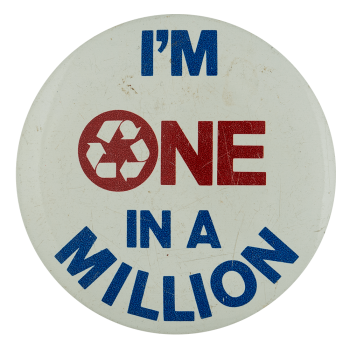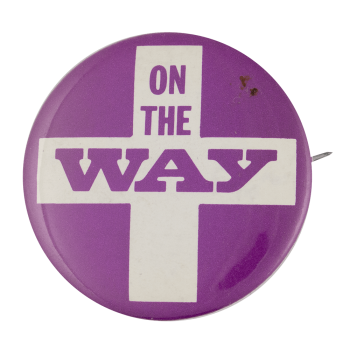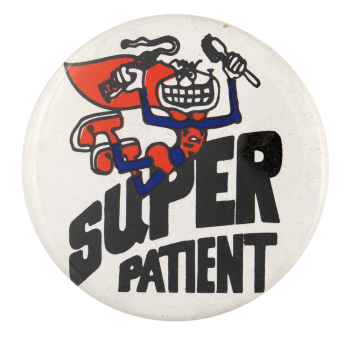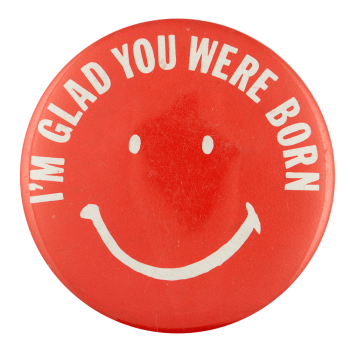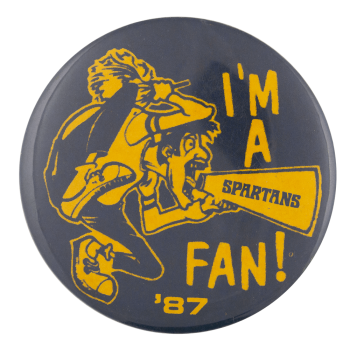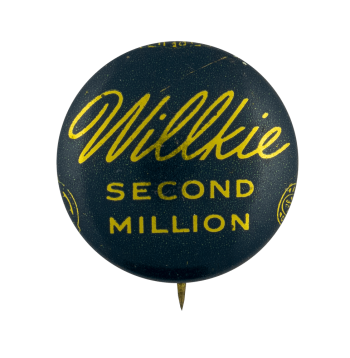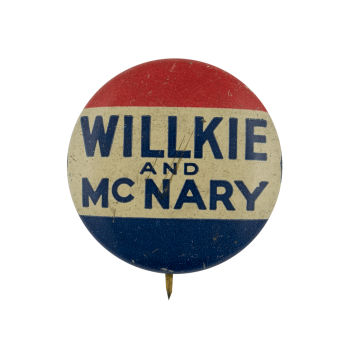I'm One in a Million Recycle
| Category | |
|---|---|
| Additional Images | |
| Sub Categories | |
| Text on Button | I'M ONE IN A MILLION |
| Image Description | Red and blue text on white background with white recycling symbol in the O |
| Curl Text | DALO BUTTON & EMBLEM CO. NYC 10010 |
| Back Style | |
| The Shape | |
| The Size | |
| The Manufacturer | |
| Additional Information | “I’m One in a Million” is a popular phrase contributing to several recycling programs. One of the first recorded mentions of a million in the context of recycling is from the Recycle America program. In 1989, Waste Management Inc. improved their Recycle America program by partnering with the Du Pont Co.—one of the nation’s largest plastic producers—to add plastics to the items they could recycle. The program collected from 90 communities contributing to almost one million households. |
| Sources |
Committee on energy and commerce. (1989). Plastics industry accelerates recycling. In Recycling of municipal solid waste (pg. 236-237). Retrieved June 30, 2020 from https://books.google.com/books?id=-TnKP72vsXUC&printsec=frontcover&sour… |
| Catalog ID | IB0685 |

